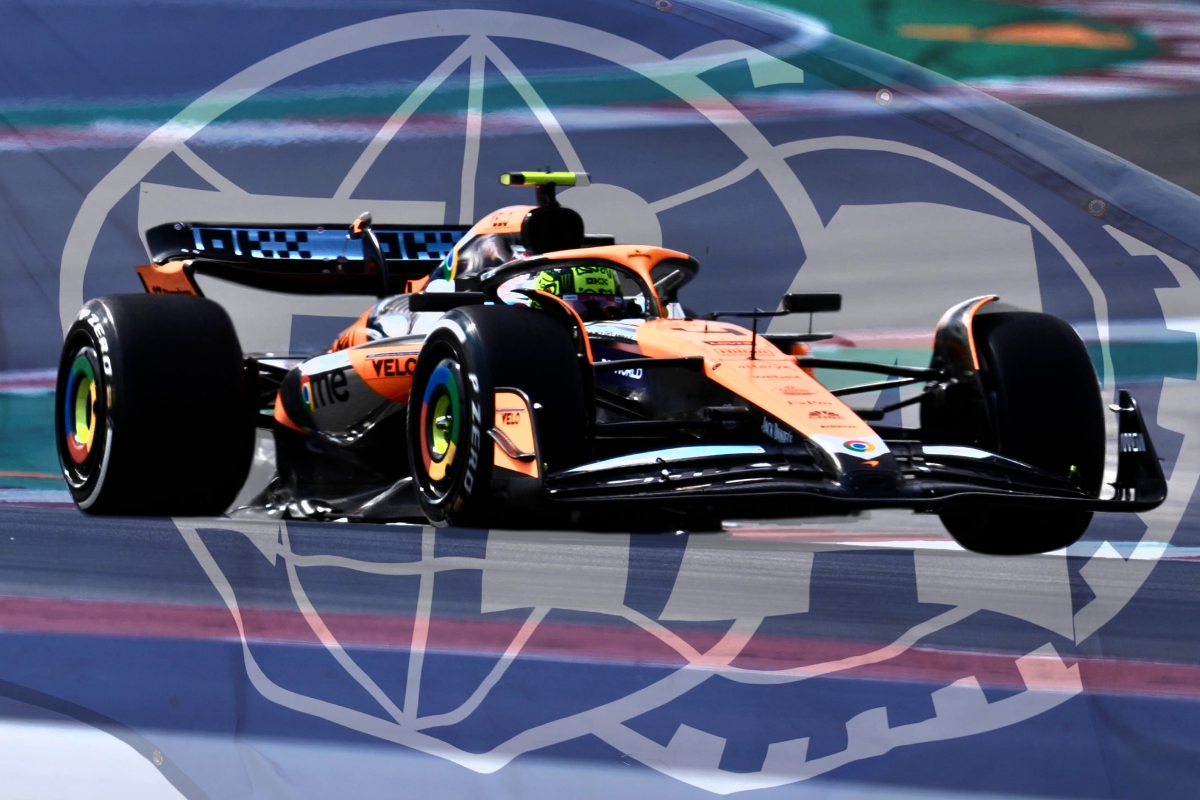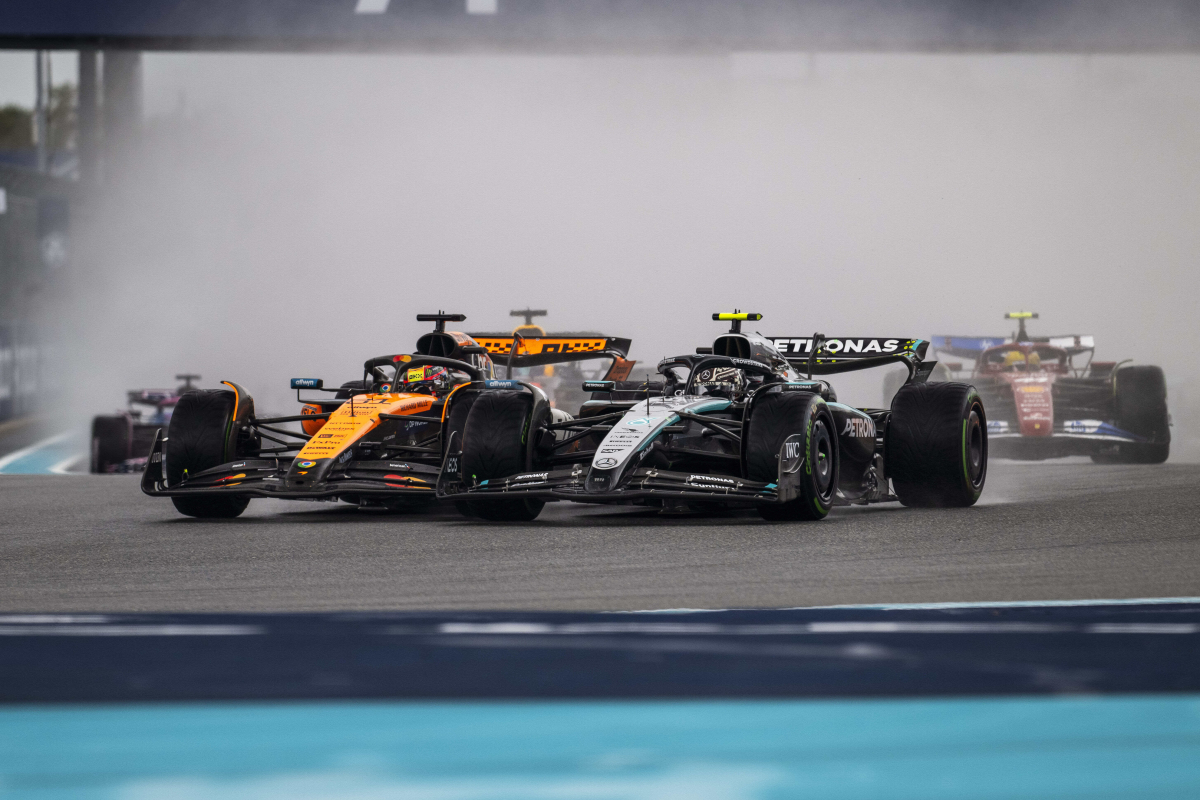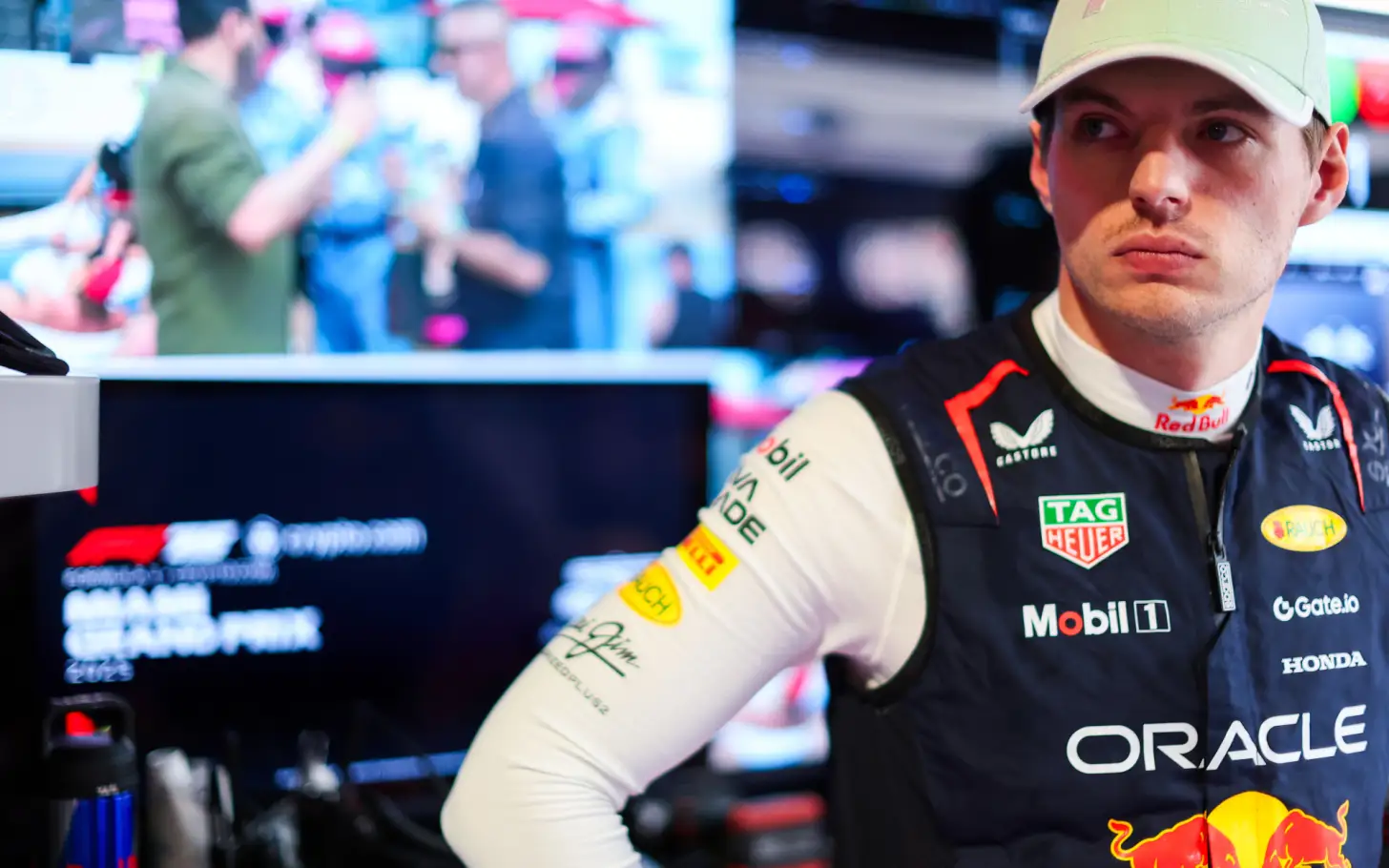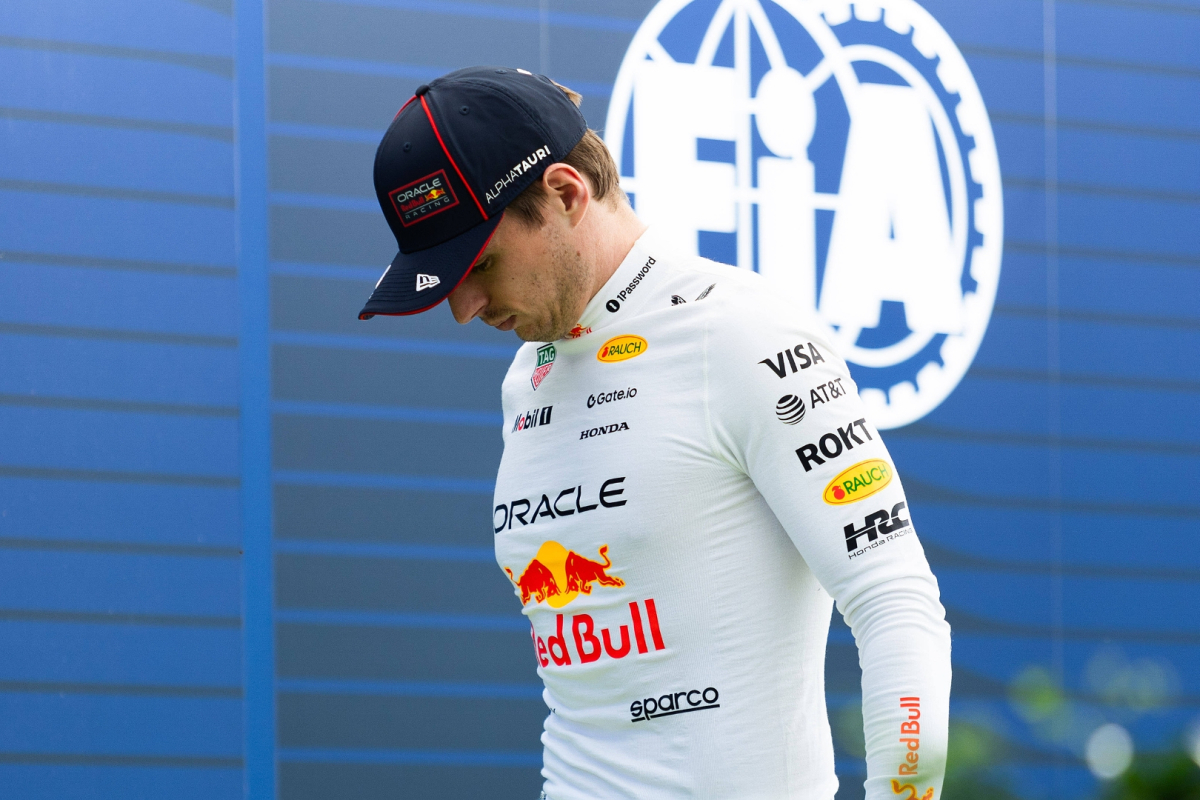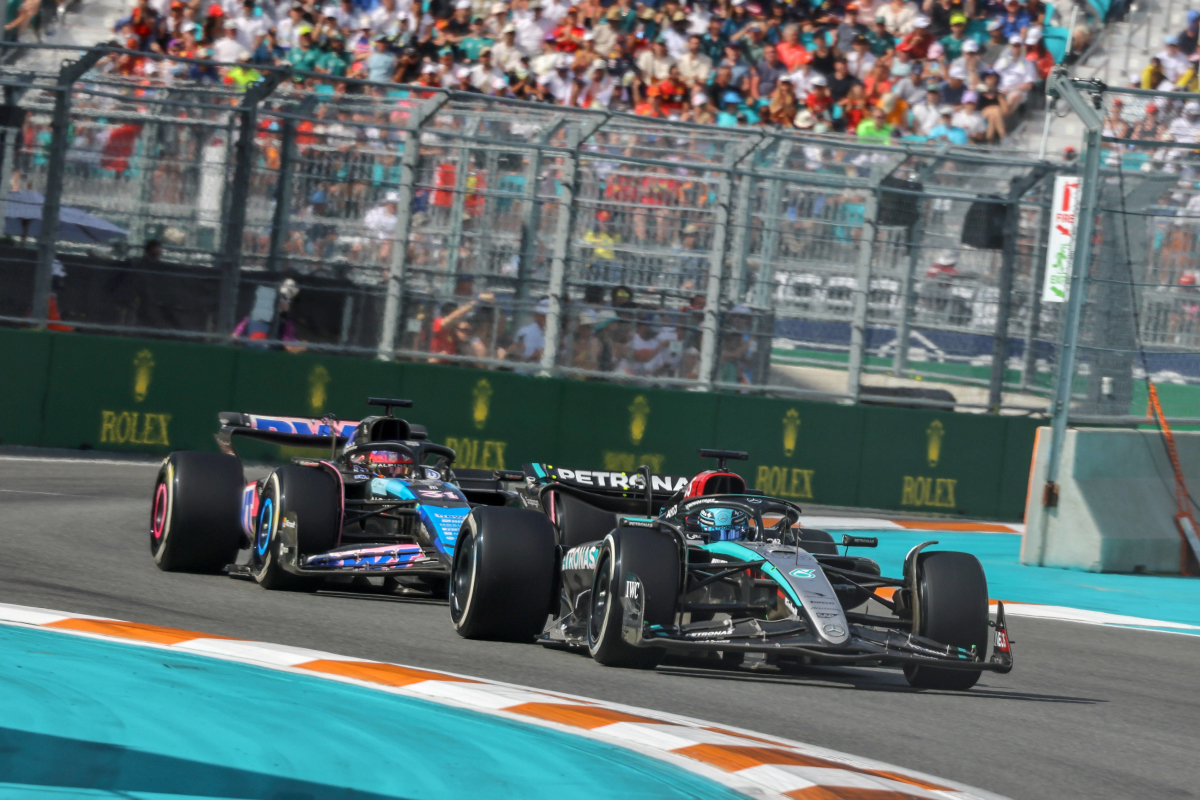F1 News Today: FIA announce McLaren inspection as ‘crazy’ team verdict em…. read more
The Fédération Internationale de l’Automobile (FIA) has conducted a detailed inspection of Lando Norris’s McLaren MCL38 following the recent Japanese Grand Prix at Suzuka. This scrutiny comes amid heightened attention on McLaren’s performance and strategic decisions during the race.
In the Japanese Grand Prix, Max Verstappen of Red Bull Racing secured his fourth consecutive victory at Suzuka, narrowly defeating McLaren drivers Lando Norris and Oscar Piastri, who finished second and third, respectively. Verstappen’s pole position was clinched by a mere hundredth of a second over Norris, underscoring the intense competition between Red Bull and McLaren. Throughout the race, McLaren’s strategic choices were pivotal. Notably, there was a contentious moment during the pit stops when Norris and Verstappen exited the pit lane side by side, leading to Norris being forced onto the grass. The FIA reviewed this incident and deemed it hard but fair racing.
Following the race, the FIA selected Norris’s McLaren for a comprehensive inspection, focusing on the car’s compliance with technical regulations. This procedure is part of the FIA’s standard protocol to ensure all competing vehicles adhere to the sport’s stringent technical standards. While the specific findings of this inspection have not been publicly disclosed, such examinations are routine and aim to maintain the integrity of the competition.
This is not the first time McLaren’s vehicles have been under FIA scrutiny. After the Azerbaijan Grand Prix, Oscar Piastri’s MCL38 was randomly selected for an extensive physical inspection, focusing on the rear braking system, including drums, scoops, and internal cooling ducts. The FIA concluded that all inspected components conformed to the 2024 Formula One Technical Regulations.
Additionally, McLaren has faced questions regarding the legality of their rear wings. Footage circulating on social media led to concerns about potential non-compliance. However, the FIA addressed these concerns, stating that they are closely monitoring bodywork flexibility on all cars. They affirmed that if a team passes all deflection tests and adheres to regulations and technical directives, they are considered in full compliance. The FIA also indicated that they are reviewing data from the Baku Grand Prix and may implement mitigating measures if necessary.
McLaren’s strategic decisions during races have also been a topic of discussion. In the Japanese Grand Prix, despite having a competitive car, McLaren’s choices, such as not attempting an ‘undercut’ or changing positions between Norris and Piastri, were questioned. Team Principal Andrea Stella explained that the low tire degradation and potential risks influenced their strategy, emphasizing the challenges in overtaking and the need for a significant performance advantage to attempt such maneuvers.
The FIA’s inspections and McLaren’s strategic approaches highlight the intricate balance teams must maintain between adhering to technical regulations and making real-time decisions during races. As the season progresses, the dynamics between teams like McLaren and Red Bull continue to evolve, adding layers of complexity to the champions
hip battle.
